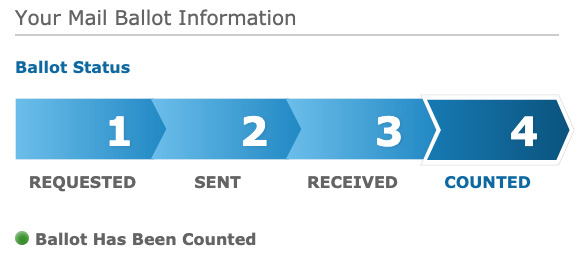
The American dream is a commonly shared belief by the people of our nation, considered today as the most powerful in the world. We want to establish our family name, make them proud, and ultimately live the best life during our time on this beautiful planet. Because of this, we are never satisfied, believing tomorrow will always be better than today and spend accordingly. This is why there are many who default on credit cards; try to find the next “get rich quick scheme”, and why we elect politicians who can do the most for us regardless of the long term effect of our nation.
From the very beginning, our country was built through borrowing, paying off the debt from the American Revolution. We did manage to pay off the national debt completely for the first and only time in January 1835 under the presidency of Andrew Jackson, and he ended his presidency with the United States national debt, proving that it can be accomplished (1800’s Public Debt). We then financed wars with Mexico and then ourselves, which led to $2.2 billion in debt by the end of the Civil War in 1865. By the end of the century, the national debt had gone down to $1.9 billion and with the development of the national treasury in 1862 helping to better organize the government’s finances.
The biggest factor in the raising of the national debt in the early 1900’s was the World War I and II and all of FDR’s programs that came with it. The Federal Reserve System came into fruition into 1913, which gave the United States the ability to issue bonds and bank loans. This allowed the government to borrow a total of $7.3 billion and raising taxes on Americans in preparation for World War I. We then arrived into the Roaring 20’s which the government operated at a surplus throughout, and lowered the debt from $25 billion at the end of World War I to $17 billion in 1928.
With the ‘20’s ending came the stock market crash, then towards the end of the ‘30’s brought Hitler’s rise to power and the threat of another World War. We once again issued more bonds, and the debt doubled from $25 billion in 1933 to $50 billion in 1940. World War II cost us an estimated $233 billion (World War Public Debt), but also helped accomplish a hidden agenda, that with over $50 billion in government bonds outstanding, it now was not the government’s debt problem but all of ours. Defense spending also went through the roof, as the government spent 15 times as much in 1945 than it did in 1941.
After the Korean War ending in 1953 (defense doubling again to $40 billion annually), we eventually would have the Vietnam War and the last year, 1969, that the government would be in the black until 1998 (a span of almost thirty years!). Budget deficits would continue to rise throughout this time period, from $14 billion in 1973 to $59 billion by 1980 (Post War Public Debt).
With promise of cutting downing debt with the election of Ronald Reagan in 1981, the opposite happened. Between fighting the Cold War, drugs, and the new influence of credit cards, the national debt tripled and reached $1 trillion for the first time. This brought the election of Bill Clinton and with the economic boom of the 1990’s through the dot.com boom, helped to avoid deficit spending in 1998. Since 2000, this debt has climber 12.7 trillion to the estimated $16 trillion it is today.
Bottom line, the government has been operating well beyond its means, especially since Reagan took office in 1981. We have got to cut defensive spending, protect our homeland, and let others deal with their own battles. We must avoid war by any means necessary, and we have got to live within our means. Because if we continue our wild spending ways, instead of living the American dream we are going to be living in our nightmares.
By: Zachary Bigger